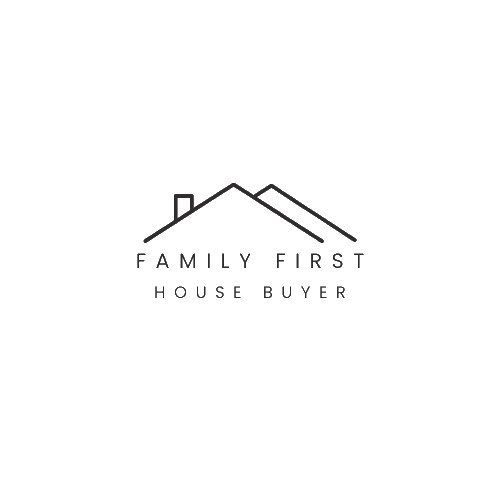Introduction

Are you looking to enter the lucrative world of house flipping in Alberta? If so, you’ve come to the right place. In this article, we will present four essential tips to help you succeed in the competitive house flipping market in Alberta.
When it comes to flipping houses, preparation is key. From finding the right property to maximizing your returns, each step requires careful consideration. By following these tips, you’ll be well on your way to flipping houses like a pro.
To start, we’ll discuss the importance of thorough research before purchasing a property. We’ll also explore the significance of having a solid budget and a reliable team of contractors and suppliers. Additionally, we’ll dive into effective marketing strategies to attract potential buyers and secure a quick sale.
Whether you’re a seasoned real estate investor or just starting out, these tips will provide valuable insights and practical advice for flipping houses in Alberta. So, let’s get started and unlock your potential in the exciting world of house flipping.
Tip 1: Understanding the Alberta Real Estate Market

Market Trends and Decision-Making
Understanding the market trends is crucial to making informed decisions in Alberta’s real estate market. Alberta’s market is influenced by factors such as oil prices, economic changes, and population growth. Stay updated with the current market dynamics by following economic reports and local news. Knowing whether it’s a buyer’s or seller’s market can greatly impact your strategy.
Invest time in researching neighborhoods with growth potential. Cities like Calgary and Edmonton have distinct markets that may cater differently to your investment goals. Analyzing demographic shifts and infrastructure developments can provide clues on emerging areas prime for investment.

Assessing Property Values
To assess property values accurately, leverage tools such as online real estate platforms, local MLS listings, and appraiser services. This data provides insights into comparable property sales, helping you to gauge the appropriate purchase price for potential flips.
Engage with local real estate agents to get a pulse on insider information that may not be public knowledge, as they can offer nuanced insights about property values and expected appreciation. A comprehensive understanding of property valuations ensures you do not overpay and that your investment aligns with market trends.
Tip 2: Finding the Right Property for House Flipping in Alberta

Identifying Promising Neighborhoods
Finding the right property begins with identifying promising neighborhoods. As regions in Alberta fluctuate between economic highs and lows, targeting areas with economic growth, low crime rates, and good schools can result in better resale values. Proximity to amenities like public transport, shopping centers, and recreational facilities make a neighborhood attractive to future buyers.
Utilize data analytics to predict neighborhood growth. Platforms like Local Logic provide insights into neighborhood characteristics, which can guide your property selection. Community engagement with local real estate experts via forums or social media groups can also illuminate shifting attitudes towards areas, which helps in making informed decisions.

Property Inspection and Selection
A thorough inspection is critical in evaluating a property’s condition. Hiring professional inspectors can identify structural issues, pest infestations, or plumbing problems that impact renovation costs. The goal is to find properties with cosmetic, rather than structural deficiencies which are more cost-effective to fix.
Additionally, focus on properties that require updates clear to developers but not overwhelming to the budget. Homes with outdated design cues, such as older kitchens, bathrooms, or insufficient square footage can be remedied with strategic remodeling, offering value-added opportunities come resale time.
Tip 3: Calculating the Potential Profit of a House Flip in Alberta

Budgeting for Success
Create a detailed budget considering all costs, including purchase price, renovations, taxes, and closing costs. Use software tools for real estate investment analysis or simple spreadsheets to track and adjust expenses. Remember to include a buffer for unexpected expenses, typically between 10-15% over projected costs, to mitigate surprises during renovations.
Accurate forecasts of your return on investment (ROI) are critical. Calculate potential sales prices using comparable properties’ final prices post-renovation. This foresight in financial planning prevents exceeding your budget and ensures your project remains profitable.

Evaluating Risks and Returns
Understand the break-even point and expected profit margins before committing to a flip. This involves detailed sensitivity analysis under different market conditions and price scenarios. Analyze various “what-if” situations to understand potential ROI under fluctuating market conditions, which helps hedge against losses.
It’s also beneficial to understand tax implications. Capital gains taxes can significantly impact your net gain, and familiarizing yourself with provincial and federal tax codes ensures compliance and optimizes your profit retention.
Tip 4: Renovation and Remodeling Tips for House Flipping in Alberta

Cost-Effective Renovation Strategies
In Alberta, cost-effective renovation is crucial due to the higher regional expense of labor and materials. Focus on high-impact areas like kitchens and bathrooms, which yield a higher return.
